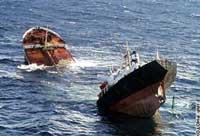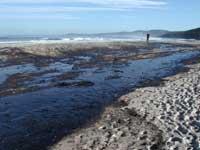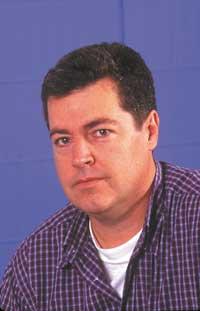Black tides, a reflection of black society
2003/06/01 Carton Virto, Eider - Elhuyar Zientzia Iturria: Elhuyar aldizkaria
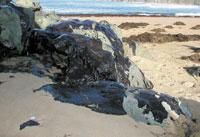
The Prestige tanker transported heavy fuel oil, the fraction that remains in the bottom when the oil was distilled. Fuel is used in industrial combustion, such as thermal power plants, and in heavy diesel vessels of high power.
It is a very viscous, solid liquid, and one of the most toxic fractions of oil, for its richness in aromatic compounds. In the case of Prestige, polycyclic aromatic hydrocarbons (PAHs) have created a great stir, since it has been proven that at least in animals can cause cancer and mutations. As a result, people who have been collecting fuel have had to take special safety measures.
However, marine animals have been unable to take these safety measures and have hit the spill. According to Ionan Marigomez, two levels of impact must be differentiated. “At first, the stain itself generates a great physical impact; a lot of birds die, for example, because oil spoils their feathers. This physical impact ceases when the spots disappear, but it is not influenced by the toxic components of them” Ionan Marigomez is a professor of Cell Biology at the UPV/EHU and works on the research of this unobvious impact. “Toxic compounds cause liver cancer in fish and mussels that affect the digestive glands.” However, these damages are only seen in the long run.
The influence of an oil spill on marine life depends on the type of oil spilled and the sensitivity of the living beings around it. Those rich in light hydrocarbons, such as crude oil, are more lethal in the short term. In fact, “being volatile, solubilizing and degrading with relative ease, they last less in the middle, but, for the same reason, they have a more direct effect on living beings and provoke mass murders.”
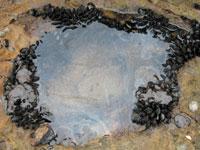
The fuel the Prestige carried is on the other end. Rich in heavy hydrocarbons. Despite its low acute toxicity, its duration is greater in the environment and its progressive accumulation in animals. Accumulation and transformation, as animals metabolize them. “In this process more water-soluble compounds are formed” with greater capacity for body dispersion, that is, “and in this case, with capacity for mutation and cancer”.
But damage does not only occur at the level of the organism. Spills, of course, also affect the level of the ecosystem and, once again, long-term damage is the most serious. Toxic compounds enter the trophic chain and alter the structure and functioning of marine communities and ecosystems. In the case of the Prestige, Ionan Marigomez believes that there is danger of this happening: “We must keep track of the situation in order to know the magnitude of the damage.”
To do this, since it is not possible to study all species, researchers work with some known for their sensitivity. “On the coast, for example, we work with mussels. The diagnosis of the medium is made by measuring the accumulated compounds and the damage suffered through follow-up programs. Following the mussels, sea worms and a coastal fish allows us to know the state of the area.”
It is much more difficult to know whether or not it hurts in the open sea, since “in this area very few investigations are carried out”. But it seems that the few that have been done are favorable. In areas of natural oil spill, such as the Santa Barbara Canal in California, researchers have observed very low biodiversity. Its only inhabitants are bacteria and invertebrates. The UPV-EHU Cell Biology research team, for its part, during the past year toured the North Sea studying the influence of the area's oil platforms on herring and cod, noting that pollution damages these fish.
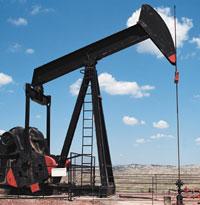
In the open sea, in general, fish species of commercial interest have been selected as sentinels. In the Gulf of Biscay, for example, the UPV Cell Biology research group is monitoring anchovy and hake. In the area of Galicia is studying the bacaladilla and the rooster.
As the damage is not clear, it is not known when the situation will recover. “Fourteen years after the accident of Exxon Valdez continue to describe their pathologies.”
In the case of the Prestige, in addition, it cannot be forgotten that the container is still emitting fuel, a ton a day, and if nothing is done, it can continue for another forty years until its emptying. And not only that, but the stains have not yet disappeared from the Bay of Biscay, so the toxic compounds constantly pass into the middle. The Prestige is becoming a chronic spill of months and perhaps years.
But you can also learn from the worst, putting resources can become an opportunity to learn about chronic oil spills. Only 8% of the oil that is poured into the sea is due to black tides.
Invisible black tide
The latest data has been published by the American Academy of Sciences (NSF) in its report Oil at the Sea. Estimates have been made worldwide, according to which 55% of the oil received annually by the sea comes from nature and the usual activities of the boats, mainly cleaning and loading/unloading. 40% corresponds to human consumption.
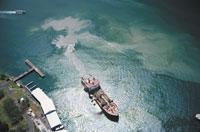
The NSF has considered this data particularly troubling because they suspect it may be much greater. The accuracy in measuring these discharges is very difficult. However, it is not clear what is the harmful nature of this type of spills, although everything is very abundant, since the pollution generated by oil is local. Therefore, although the spills can be toxic at the source, they suffer a great dilution when they reach the sea.
Knowledge of the influence of chronic spills is much lower than that of black tides, so experts propose conducting research at oil extraction points, which can be an interesting example. In this sense, it can also be valid by the Prestige.
In the case of Euskal Herria, Marigómez does not believe that the situation on our coast is very serious, although in certain areas it may be dangerous. The Mediterranean is much worse, for example. According to WWF/Adena, 20 Prestiges are issued annually.
“The industrial crisis, new technologies, treatment plants... have made the situation much better in the last ten years, but the risk of pollution persists. Although water is cleaner, tons of toxic compounds are trapped in sediments. These compounds, due to the abundance of organic matter and the lack of oxygen in the water, have been fixed so far. But by oxygenating the medium will oxidize and release. Therefore, even if it seems cleaner, the risk of contamination has not disappeared” Oil brings a expensive bill.
Under oil
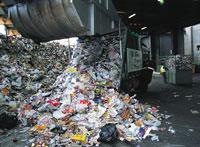
Oil is an expensive bill, but despite everything, we continue to use it to the full, because, in short, the bases of our society are those of oil. And that of oil our way of life. When making the list, in five minutes it is easy to fill a sheet with petroleum products, for everyday use. Car fuel and lots of parts, phone case, supermarket vegetable cap, bags, computer, floppy disks, furniture, water bottles, credit cards... In 2000, 11 million tons of oil were produced per day, 25% more than in 1973.
Moreover, all this oil did not occur in the regions with the highest consumption, but in the Persian Gulf. There 26% of the oil is produced, but only 5.5% consume it. The rest are transported to refineries in Europe and the United States for treatment and redistribution. This plays the ships, as oil is mainly transported by sea.
Looking ahead, and although there is much talk about renewable energy, it does not seem that in the short term things will change much. In fact, the NSF has announced a 2.6% increase in oil consumption by 2020. And as so far, oil is extracted from ships in the West, as 57% of known reserves are in the Persian Gulf. Other Prestiges will not be far away.
Birds, symbols of black catastrophe
Seabirds are the group most affected by oil spills. No wonder, therefore, that it has already become an icon against the black tides. Oil spots become a spider net for birds. Oil destroys the impermeability and thermal protection of the feathers and leaves the birds without defense.
They lose the ability to fly, swim and dive, to maintain body temperature they have to spend more energy and, not being able to eat as always, weaken and die.

It must also be borne in mind that aromatic compounds also damage the reproductive system and, therefore, black tides endanger future generations.
Since the sinking of the Prestige, more than 23,000 birds have gathered in Spain, Portugal and France, especially the Martin, and most have died. However, those affected are much more, as it is estimated that only 10 to 20% of dead birds are received. Ornithologists are concerned that the last four years have been tough in this part of the Atlantic. SEO/BirdLife estimates that between 275,000 and 500,000 birds have been killed by the black tides generated by Erika, Tricolor and Prestige vessels. Many of them, being young, will take a few years to know the real damage of the tides.
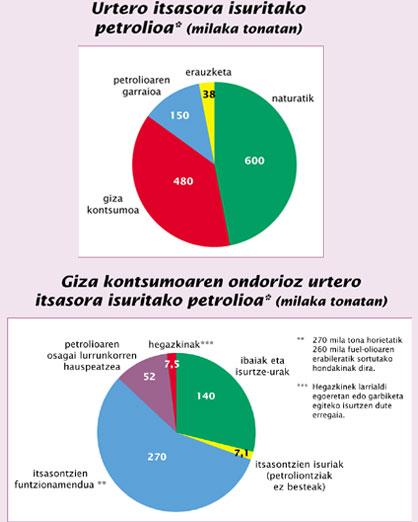

Gai honi buruzko eduki gehiago
Elhuyarrek garatutako teknologia



